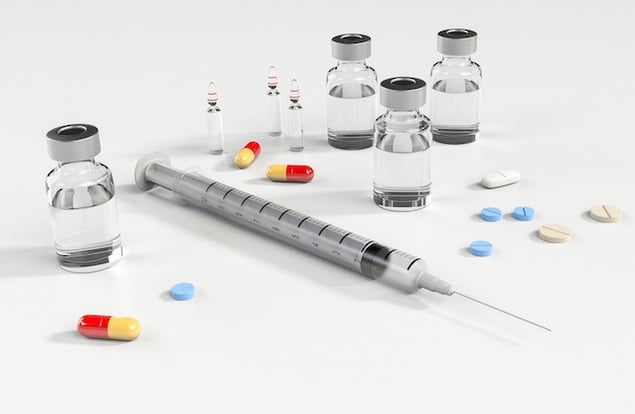
It’s been almost 30 years since botulinum toxin, better known as Botox, was approved by the Food and Drug Administration. In its early days, Botox was primarily used by ophthalmologists to treat spastic muscular disorders of the eyelids.
Today, the applications of Botox range from cosmetic enhancement to treating serious migraines and neuropathic pain from head to toe. Aside from the medical and cosmetic applications, Allergan, the company that has owned Botox since 1989, holds close to 800 more patents for the potential uses of the drug.
Botox for the relief of painful dental issues
Dentistry is one area that has shown potential over the past several years when it comes to the use of Botox. If you’re suffering from a painful condition, such as temporomandibular joint disorder — also known as TMD (or TMJ) — you may have heard or read about Botox as a potential solution. In fact, according to the most recent statistics, 16 percent of North American dentists use Botox in their practices for either cosmetic or therapeutic purposes.
When it comes to therapeutic issues, Botox can be a good solution for a number of dental conditions. That’s because it works by inhibiting the release of acetylcholine, the compound that causes muscle contractions. By stopping the release of acetylcholine, Botox can reduce or completely eliminate the intensity of painful spasms, which are the culprit in a number of mouth and jaw complications.
Besides TMD/TMJ, Botox has been used to treat clenching and grinding of teeth, known as bruxism. Bruxism leads to the destruction of otherwise healthy teeth and can expedite and intensify the progression of periodontal disease. Botox has provided an alternative to traditional treatment methods, which typically include intraoral appliances such as bite guards.
Pros and cons of choosing Botox treatments
"By stopping the release of acetylcholine, Botox can reduce or completely eliminate the intensity of painful spasms, which are the culprit in a number of mouth and jaw complications."
No matter what dental issue you may be considering Botox for, there are pros and cons to using it — and of course, not every dentist currently offers these treatments.
On the pro side, Botox is suggested to provide immediate relief for TMD/TMJ, bruxism and other dental issues that cause pain. Still, it’s important to remember that Botox is, in fact, a toxin, and that the necessary dosages to treat dental issues may be higher than those required for cosmetic procedures. To that end, dental treatments with Botox carry some risk.
The oral issues Botox may be used to treat can often be treated by other methods, and some dentists may encourage their patients to use Botox after these other options have been exhausted. This may be the preference of patients too, due to the associated high cost of Botox. For example, treatments average $10 per unit and up, and 25 units or more may be recommended for the treatment of TMD/TMJ. Currently, most medical and dental insurance does not cover Botox, making it out of reach for many patients who want to prioritize their oral health care.
Alternatively, for those seeking affordable care, a dental discount program is a widely used and accepted form of savings for most general and advanced dental care procedures. In fact, dental discount cards can help save 20 - 50 percent on dental care. At Dental Solutions we offer access to a nationwide network of dentists — complete with an expansive specialist network — for only $9.95 a month or $109 per year. That means members and everyone in their household can take advantage of significant savings off the retail cost of dental services.
For more information about dental discount programs, or to join a plan today, click the button below.

